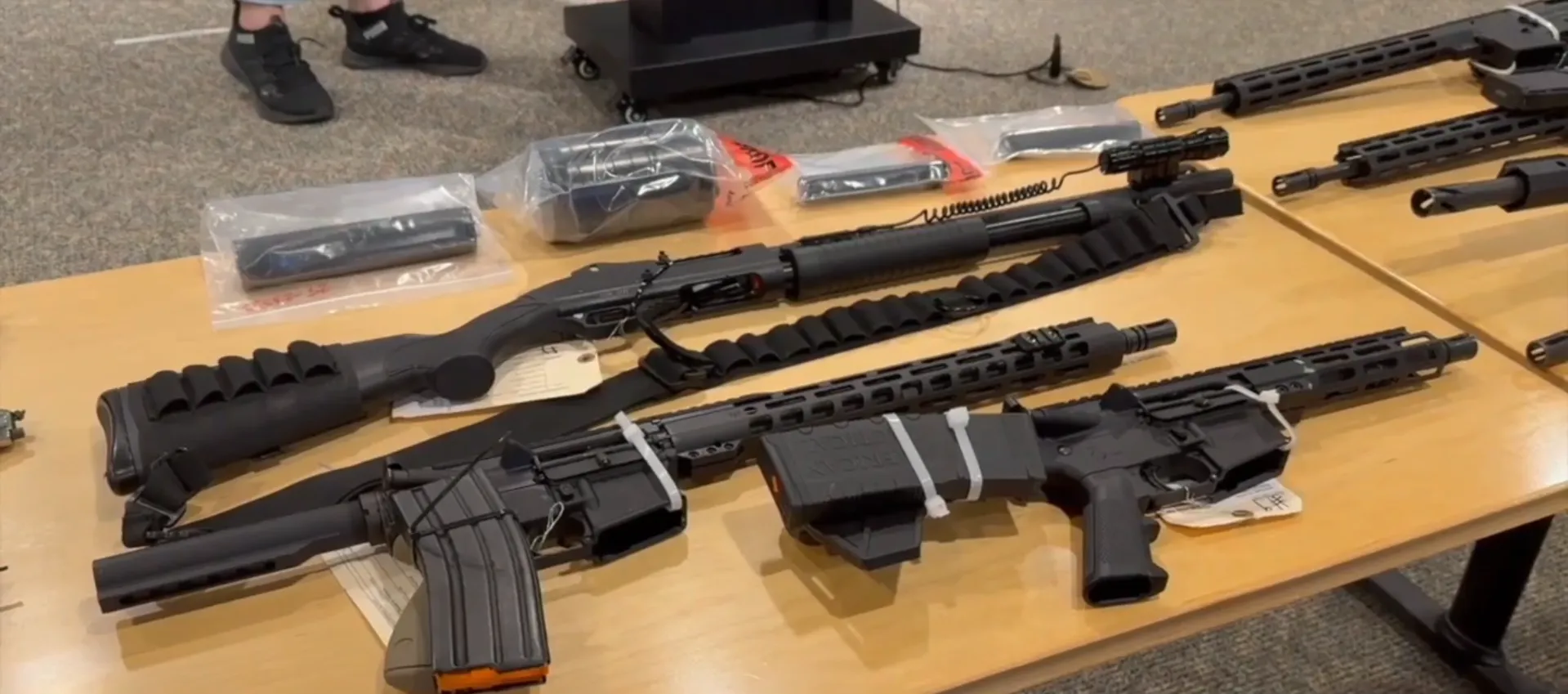In the heart of industrial Midwestern America, where Akron—once known as the "Rubber Capital of the World"—is now battling a wave of violent crimes, federal and local forces have joined forces in an operation that could be a turning point. On Thursday morning, after months of meticulous planning, law enforcement officials arrested 35 individuals accused of drug trafficking, illegal firearm possession, and related conspiracies. This operation, dubbed "Double Eagle," is not just a blow against local gangs—it’s a signal across the country about how communities, tired of impunity, are beginning to fight back.
Such raids are rarely isolated. They are often part of a broader strategy inspired by federal initiatives like Project Safe Neighborhoods, which focus on hotspots of violence. In Akron, where the gun crime rate has increased by 20% over the past decade—in data from the FBI—this operation reflects deep social fissures: economic downturn following the decline of the steel industry, the spread of the opioid crisis, and easy access to illegal guns across state borders. insiders within law enforcement whisper that "Double Eagle" is not the end but only the beginning, with the potential to expand into neighboring counties where gangs from Detroit and Cleveland are weaving their networks.
"This collaboration truly demonstrates our unwavering commitment to reducing violent crimes," — stated Akron Police Chief Brian Harding during a press conference in the city center. His words resonate as a manifesto in a region where communities have long complained about sluggish justice. Launched in July, the operation involved about 250 agents from federal, state, and local agencies—from the FBI to local police. The result: serious federal charges against the arrestees, including drug trafficking of cocaine, methamphetamine, and marijuana, as well as illegal firearm possession.
U.S. Attorney for the Northern District of Ohio David Topfer, whose office is known for a tough approach to organized crime rings, emphasized the complexity of the task: "Disrupting such multi-layered criminal enterprises is difficult, but as we see today, not impossible." During the press briefing, authorities showcased 50 confiscated weapons—from pistols to automatic rifles—as well as a board listing the names of 39 suspects involved in violent crimes. Of these, 36 are already behind bars, and each indictment, according to Topfer, is separate yet connected by a common thread: "These are individuals who commit crimes, break laws, and harm our communities."
Acting ATF Special Agent John Smerglia added a dramatic tone: "We identified robbers, gang members, armed drug traffickers—all those who sow fear on the streets of Greater Akron." While the arrests are celebrated as a victory, officials do not hide that work is far from over. Two suspects—Theon Brown and Troy Miller—are still at large, and rewards of $2,500 are offered for each of them. It’s a classic move: engaging the community, turning passive witnesses into active allies.
But the real innovation is the opening of the Crime Gun Intelligence Center in Akron. This high-tech hub will utilize advanced forensic tools such as the National Integrated Ballistic Information Network (NIBIN) to analyze guns from crime scenes. Instead of weeks of waiting, investigators will receive data within two to three days, potentially radically accelerating investigations. "This will allow us to connect the dots faster," — Harding explained, hinting at how similar centers in other states, like California, have already lowered the level of unsolved shootings.
Community leaders greet this with cautious optimism. Bishop Mark Neil from Dominion Family Church, a partner of the Greater Akron Fellowship of Clergy, sees the center as a path to healing: "We need to uncover crimes that have been ongoing for years to bring peace to families." However, activists like Cordell Walker from H.Y.P.E. (Helping Young People Elevate) point to the imbalance: "We are fighting for funding for youth assistance programs at risk groups, but money is going to intelligence centers instead of prevention." Marcel McDaniel from Nonstop Growth adds: "Interventions work—we saw it during the Labor Day ceasefire."
Akron Mayor Shamas Malik, whose office faces pressure from voters, assures: "We are investing in prevention and intervention, but accountability is a key part of the equation." In a city where economic inequalities fuel the cycle of violence, this operation could be a catalyst for change. But, as history shows with similar campaigns, true success will be measured not just by arrests but by whether peace returns to the streets—and whether communities receive resources to prevent the next wave. Akron looks into the future with hope but also with realistic skepticism, knowing that fighting violence is a marathon, not a sprint.


